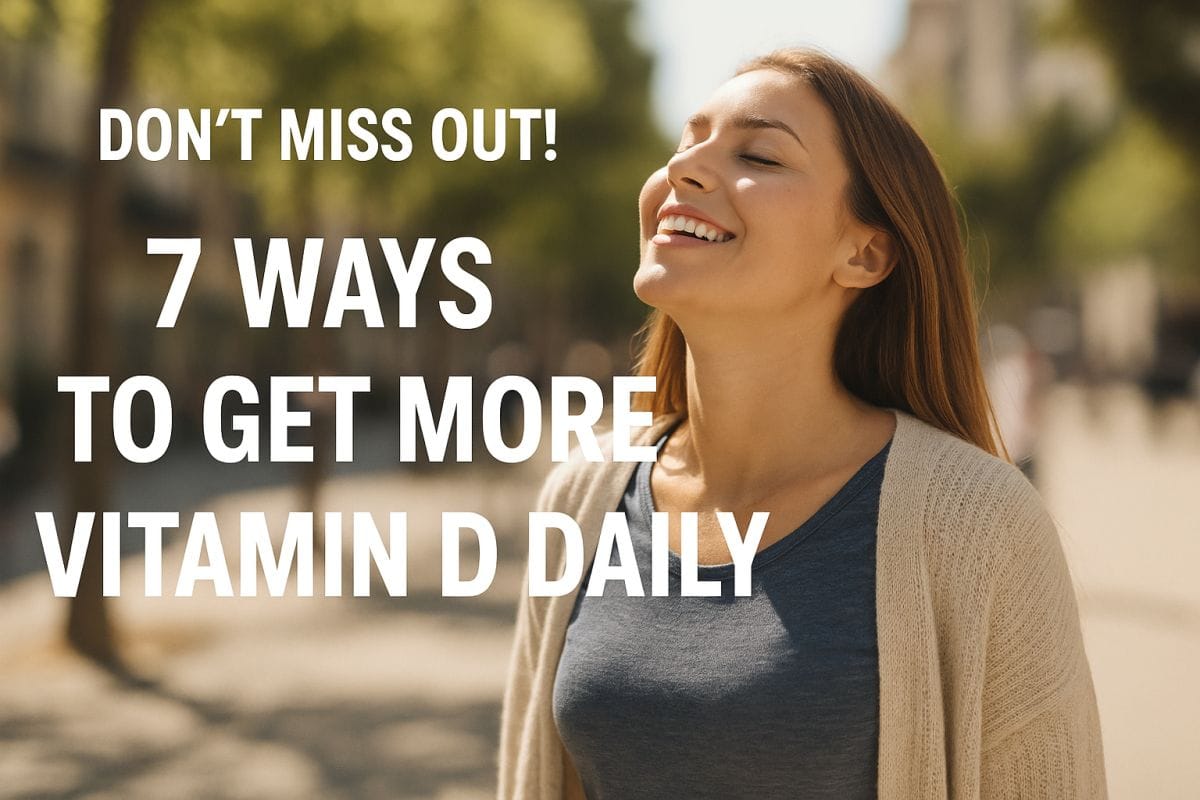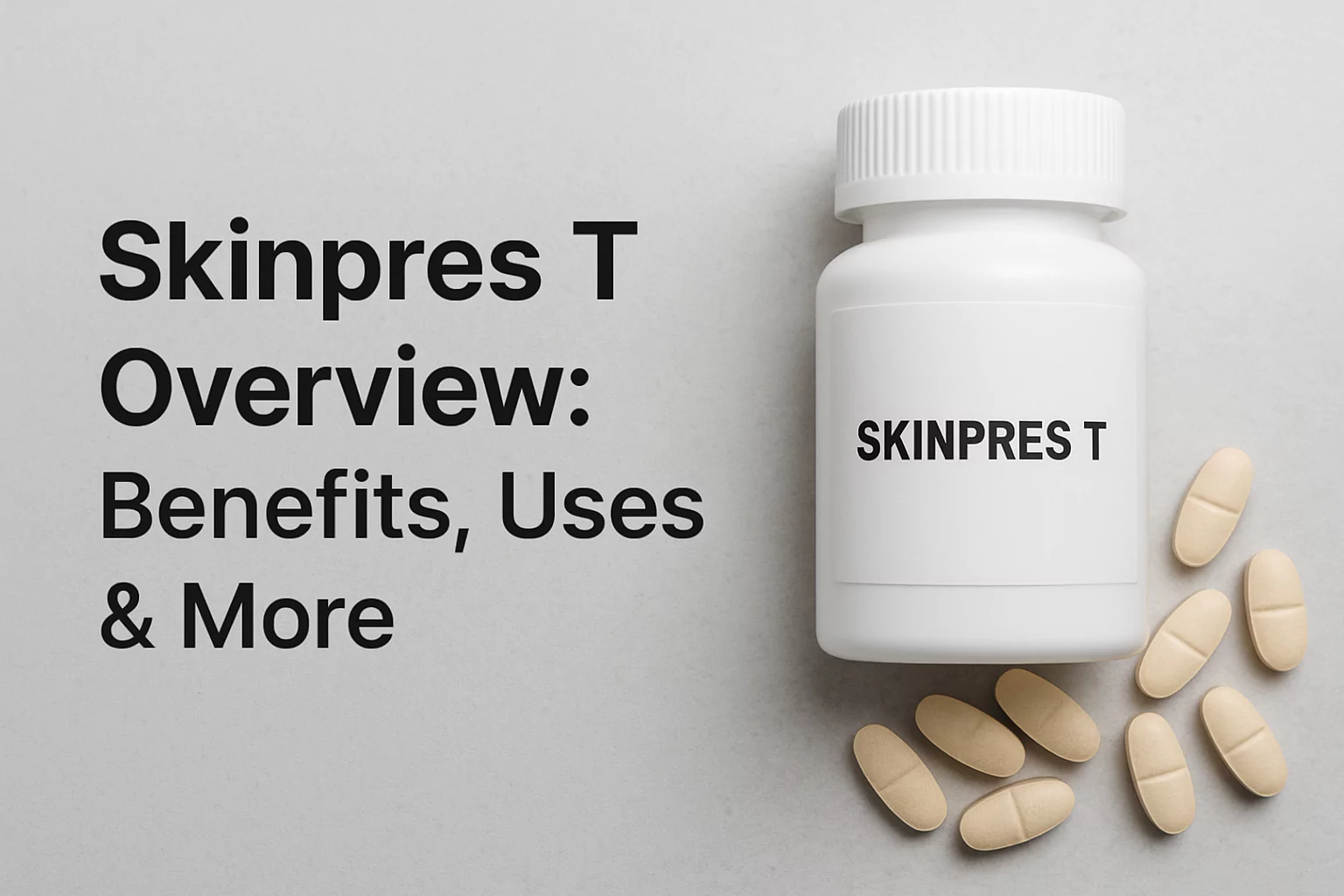7 Simple Ways to Boost Your Vitamin D Every Day

The simplest ways to boost your vitamin D levels daily include getting moderate sun exposure, eating vitamin D-rich foods, taking supplements if necessary, and making small lifestyle changes like exercising outdoors or choosing fortified products.
Vitamin D plays a crucial role in maintaining healthy bones, supporting the immune system, and regulating mood. Yet, many people unknowingly suffer from vitamin D deficiency due to indoor lifestyles, limited sun exposure, or poor diet. Here are seven practical ways to make sure you’re getting enough vitamin D every single day.
1. Soak Up the Sun (Safely)
Aim for 10–30 Minutes of Midday Sun
The most natural and effective way to boost vitamin D is through sunlight. When your skin is exposed to UVB rays, it produces vitamin D3.
- Best time: Between 10 AM and 3 PM.
- Ideal exposure: 10 to 30 minutes, depending on your skin tone and location.
- Pro tip: Don’t overdo it—too much sun increases the risk of skin cancer. Use sunscreen after 20–30 minutes if staying outdoors longer.
2. Eat Vitamin D-Rich Foods
Add These Natural Sources to Your Diet
Some foods naturally contain vitamin D or are fortified to help meet your daily needs.
- Fatty fish (like salmon, sardines, mackerel)
- Egg yolks
- Beef liver
- Mushrooms (especially UV-exposed ones)
Include these in your weekly meals to support your vitamin D intake, especially if you live in low-sunlight areas.
3. Choose Fortified Foods and Beverages
Look for “Vitamin D Fortified” on Labels
Many everyday foods are fortified with vitamin D, making it easy to incorporate into your diet:
- Milk (dairy and plant-based)
- Breakfast cereals
- Orange juice
- Yogurt
Check the nutrition labels to find products with added vitamin D. These are especially helpful for vegetarians or vegans.
4. Take a Daily Vitamin D Supplement
Consider a D3 Supplement for Consistency
If your sun exposure is limited or you’re at risk for deficiency, a vitamin D supplement can help:
- Recommended dose: 600–800 IU for most adults; up to 2,000 IU is considered safe for daily use.
- Best form: Vitamin D3 (cholecalciferol), as it’s more effective than D2.
Always consult your healthcare provider before starting supplements, especially if you have underlying health conditions.
5. Exercise Outdoors Regularly
Combine Movement with Sunshine
Physical activity outdoors gives you a double benefit—exercise and sunlight:
- Morning walks
- Jogging
- Yoga in the park
Even 20–30 minutes of outdoor movement daily can make a significant difference in your vitamin D levels and overall health.
6. Use UV Lamps or Light Therapy Boxes
An Option for Winter Months or Low-Sun Regions
If you live in northern climates or have limited access to natural sunlight, UVB lamps designed for vitamin D synthesis can help:
- Choose lamps that emit UVB rays.
- Follow usage guidelines carefully to avoid skin damage.
These are commonly used in medical settings or by people with conditions like Seasonal Affective Disorder (SAD).
7. Monitor Your Vitamin D Levels
Get a Blood Test to Stay Informed
Knowing your vitamin D status can help you take the right action:
- Ask your doctor for a 25-hydroxy vitamin D blood test.
- Ideal level: 30–50 ng/mL for most people.
Based on your results, your doctor can recommend dietary adjustments or supplements tailored to your needs.
Final Thoughts
Vitamin D is essential for bone health, immunity, and energy levels. With a few simple daily habits—like eating the right foods, getting some sun, or taking a supplement—you can easily maintain healthy levels and feel your best. Whether you’re basking in the sun or pouring a glass of fortified milk, consistency is key.
Frequently Asked Questions (FAQs)
Q: How long does it take to correct a vitamin D deficiency?
A: With supplementation and sun exposure, many people see improvement within 8–12 weeks. However, it varies by individual.
Q: Can I get enough vitamin D through a window?
A: No. Glass blocks UVB rays, so you need direct sun exposure on the skin to produce vitamin D.
Q: What’s the best time of day for vitamin D synthesis?
A: Midday (10 AM to 3 PM) when the sun is highest in the sky and UVB rays are strongest.








